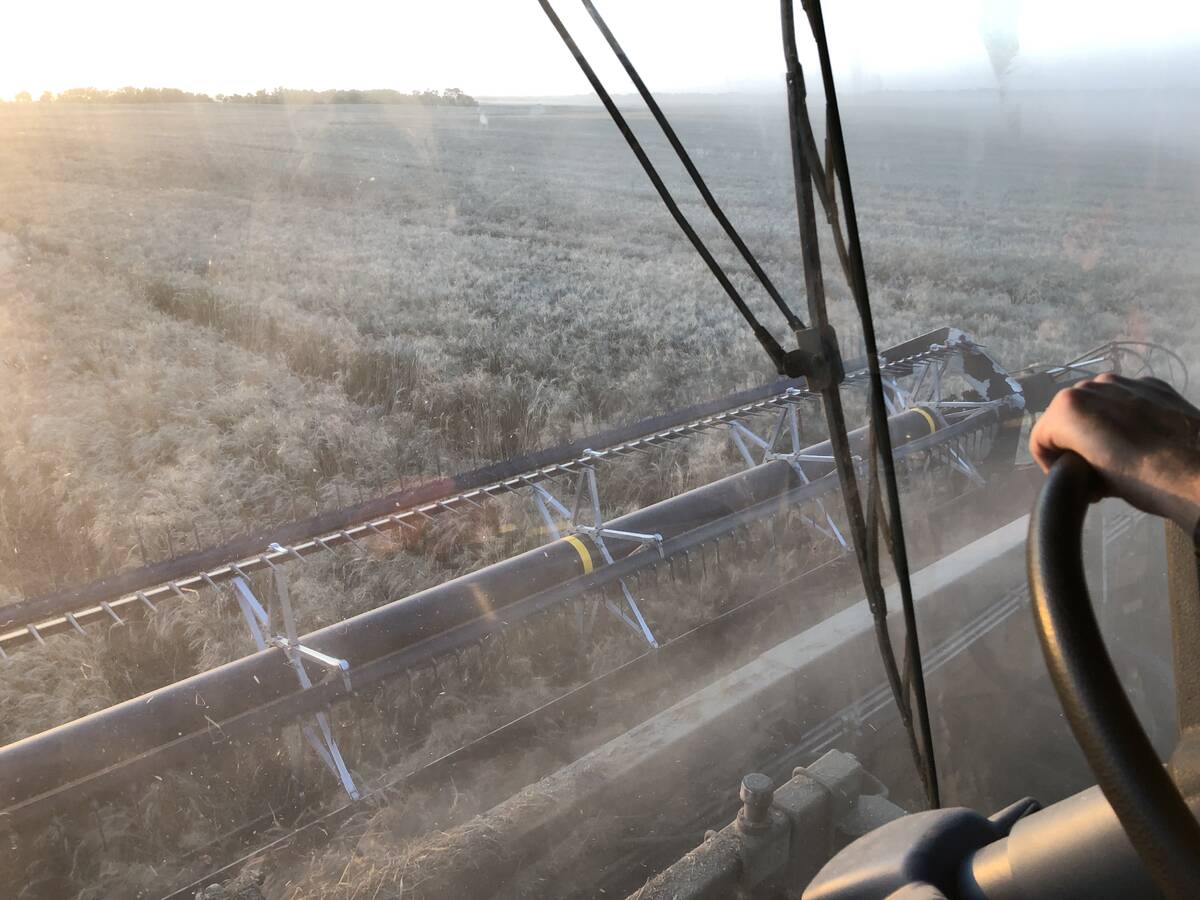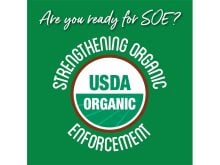A source of nitrogen-rich fertilizer that comes at little cost and is abundant might seem like a good deal, but that appearance usually only lasts until the source of such a commodity is revealed.
While producers have long used biosolids, getting past the ick factor of using human waste to fertilize crops is tough for many people to accept.
Maile Lono-Batura, director of biosolids programs at the United States-based Water Environment Federation, said the idea just makes sense in both waste management and agriculture.
“If farmers need access to fertilizers, nutrients, to affordable fertilizer nutrients, they have it in their backyard, literally,” said Lono-Batura.
Read Also

Mail strike disrupts grain sample delivery
The Canadian Grain Commission has asked farmers to consider delivering harvest samples directly to CGC offices, services centres or approved drop offs as Canada Post strike delays mail.
Proponents of using human waste that has been treated, tested and processed into biosolids are quick to point out the alternatives to getting rid of it is largely through municipal landfills or other costly methods of disposal.
Biosolids aren’t necessarily a resource all producers are aware of, said Lono-Batura, but, “once they are, they realize, ‘wow, this not just provides the nutrients but it also builds the soil, keeps the dust from blowing away and it retains water’.”
In the U.S., it’s estimated about a quarter of the 4.75 million dry tonnes of biosolids generated are used for agricultural purposes. In Canada, exact national figures are hard to come by, though each province has regulations governing use.
One of the few municipal waste treatment programs that herald the use of biosolids in Western Canada is metro Vancouver, which uses the product on a handful of agricultural sites in the British Columbia Interior.
Janelle Hunt, program manager at the city’s Utility Residuals Management in Liquid Waste Services, said the results of using biosolids on overgrazed grasslands on a plot in Clinton, B.C., have been dramatic.
The OK Ranch used the city’s biosolid product, Nutrifor, for more than two decades with grass yields on land using biosolids pegged at 2,700 kilograms per hectare compared to 100 kg for unfertilized land.
Despite numbers like that, Hunt said the stigma of using processed human waste on land is a barrier but, “it’s the most regulated fertilizer out there compared to a manure or chemical fertilizer.
“Where those can be used pretty widely and freely, biosolids require specialized plans that are submitted to a regulatory body.”
In the arid B.C. Interior, its best and highest-value use can be seen.
“One of the features of biosolids is that they have a great ability to increase the soil capacity to store water,” said Hunt. “In an arid environment, there is a huge advantage to boost the grasslands.”
Lono-Batura said it’s important to remember where biosolids come from and, “they don’t just appear out of thin air, they just don’t show up from a phantom factory.
“We are the producers. We are the ones sending product to these utilities and so it’s really a product of modern society.”
Because of that, there is a need to take ownership of not just the byproduct but responsibility to find the best end use.
Lono-Batura stressed that best end use is putting biosolids back to where they came from.
“We ate the food that took the nutrients from earth, ate them, put those nutrients into our body and the nutrients are coming back out — it’s really a nutrient cycle story,” she said. “How we maximize use of those nutrients but also that organic matter is critical to soils and building soils.”
Current events affecting fertilizer prices and supply along with dwindling supplies of phosphorus in the U.S. and a drive for more sustainable agricultural practices has more producers turning an eye toward biosolids, said Lono-Batura.
“This is a natural, renewable resource that people can access right now that has nitrogen, phosphorus, it has potassium and the research that has been put into really make sure that this works on a practical level is phenomenal,” she said.
But there are critics of using biosolids for agricultural purposes, namely per- and polyfluoroalkyl substances (PFAS), which are used in non-stick cooking products and stain-resistant materials and have become known as forever chemicals because they persistent in the environment.
Pharmaceuticals are also a concern.
Lono-Batura acknowledges those concerns but highlights biosolids aren’t the original source of PFAS but have become a target of those who are trying to stem their spread in the environment despite their continued industrial production.
“One of the biggest parts that is missing often from that conversation is that we are consuming it,” said Lono-Batura, adding Maine’s recent decision to ban biosolid use on the basis of PFAS is a rash decision done without proper research.
Hunt said in Vancouver, testing has shown the levels of exposure to pharmaceuticals is minimal.
“Our wastewater is a reflection of our daily life,” said Hunt. “The important thing to realize with this is that what is in there is in such small quantities that it essentially has no effect.”
One example Hunt cited was that it would take 266,000 years of a child working with and playing in biosolids to be exposed to the equivalent of one dose of Advil.
“Metro Vancouver is always on top of the latest research. We conduct research, we measure biosolids, we’ve been looking into these PFAS and emerging contaminants of environmental concern,” said Hunt. “And the body of science to date shows that biosolids are an environmental benefit and not a risk to apply.”
In addition to agricultural uses, biosolids can be used in land reclamation for mines as well as in the forestry industry.


















